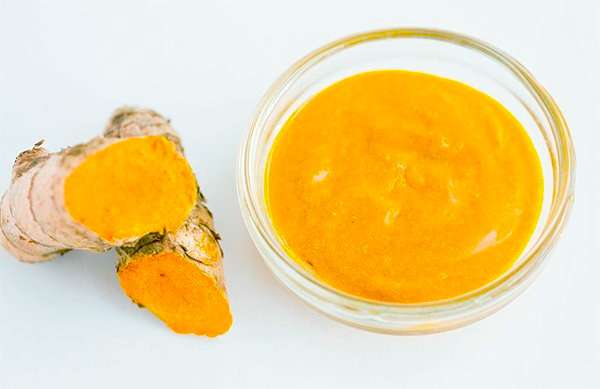Chronic pain is a persistent and often debilitating condition that affects millions of people worldwide. While there are various treatment options available, many individuals are seeking natural remedies to complement their pain management strategies. In recent years, turmeric has gained significant attention for its potential role in alleviating chronic pain. In this article, we’ll explore the connection between turmeric and chronic pain relief while providing valuable insights on incorporating this golden spice into your daily routine.

Turmeric (Curcuma longa) is a bright yellow spice that belongs to the ginger family. It has been used for centuries in traditional medicine, particularly in Ayurveda and traditional Chinese medicine, for its numerous health benefits. The active compound responsible for most of turmeric’s therapeutic properties is curcumin.
Curcumin is known for its anti-inflammatory and antioxidant properties, which make it a promising candidate for managing chronic pain. Inflammation is a common underlying factor in many chronic pain conditions, and curcumin’s ability to reduce inflammation can offer relief to individuals suffering from conditions such as arthritis, fibromyalgia, and back pain.
Chronic pain is often associated with inflammation in the body. Curcumin has been shown to have anti-inflammatory effects by inhibiting the production of inflammatory cytokines. This may help reduce pain and swelling in conditions such as arthritis.
Recent studies have shown that there is a link between gut microbiota and chronic pain. Curcumin has been shown to modulate gut microbiota, which may help alleviate chronic pain.
Microglia are immune cells in the brain that play a role in neuroinflammation and chronic pain. Curcumin has been shown to regulate microglia activation, which may help reduce chronic pain associated with neurodegenerative diseases.
Turmeric Supplements
Consider taking turmeric supplements, which provide a standardized dose of curcumin. Always consult with a healthcare professional before adding supplements to your routine.
Golden Milk
Make a soothing golden milk by mixing turmeric with milk (or a dairy-free alternative), honey, and a pinch of black pepper. The latter enhances curcumin absorption.

Turmeric in Cooking
Add turmeric to your daily cooking, whether it’s in curries, soups, or rice dishes.
Turmeric Tea
Brew a warm cup of turmeric tea by steeping grated fresh turmeric or turmeric powder in hot water.
Topical Applications
Some find relief from chronic pain by applying turmeric paste or oil directly to affected areas.

Turmeric’s potent anti-inflammatory and analgesic properties make it a valuable addition to your chronic pain management toolkit. While it may not replace conventional treatments entirely, incorporating turmeric into your daily routine can complement your pain management efforts. Remember to consult with a healthcare professional before making significant dietary or supplement changes, especially if you have underlying health conditions or are taking medications. Unlock the potential of this golden spice and take a step towards a more comfortable life with reduced chronic pain.